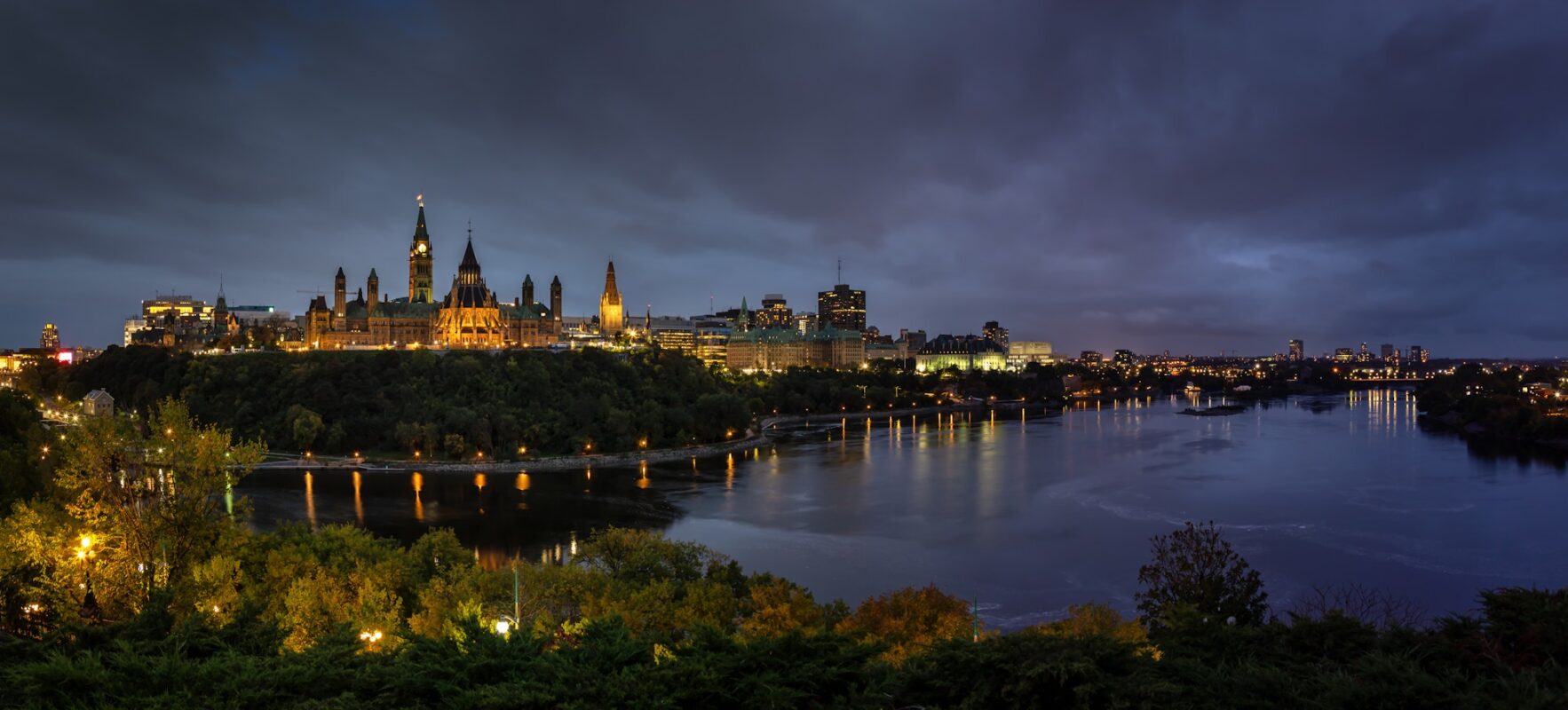
The Ottawa Citizen, Jun 19, 2007. pg. C.1
NCC tags $175,000 for land survey; Study intended to identify property, not targets: director
by Mohammed Adam
(Copyright The Ottawa Citizen 2007)
The National Capital Commission is launching a major $175,000 study of federal land holdings in the nation’s capital, including such landmarks as the Central Experimental Farm and Leamy Lake Park, to determine how they fit into the continuing development and evolution of the capital.
The study, which is aimed at lands outside the Greenbelt and Gatineau Park, spreads from the shorelines of the Ottawa and Rideau rivers, to the banks of the Rideau Canal, major urban parks, parkways and greenspace, for a total of 12,800 acres. The project is expected to begin next month and take a year to complete.
In the past, much smaller studies have been engulfed in controversy because some residents saw them as an attempt to identify surplus land for sale. But Francois Lapointe, the NCC’s director of planning, says this has nothing to do with land development. He says the properties in question are so fragmented that a comprehensive study is needed to establish a broader vision for them.
Half the properties are owned by the NCC, but the rest belong to such departments as the RCMP, National Defence, Public Works, Agriculture and Agrifood Canada and the corporations of museums.
“These lands interact with a lot of communities and we get questions all the time from people about what will happen to this or that property,” Mr. Lapointe said.
“This study will identify what we are going to do with the lands. They are public lands and it is not our intention to develop housing or anything like that. Public access is critical and that is something we will preserve and enhance.”
Mr. Lapointe says in all cases, the NCC will pay particular attention to how to “animate” these properties. As an example, he points to the Ritz on the Canal restaurant, which he says has enhanced the Rideau Canal; consideration has to be given to whether something similar is appropriate for other areas. He also cites Wesboro beach, which has added to the enjoyment of the Western Parkway, and says there may be room for further improvements. Mr. Lapointe wondered, for instance, whether the scenic drive on the parkways could be enhanced by the addition of selected services that would allow people to stop for coffee or a cold drink.
“These are the things we are looking at. The capital has been around over 100 years and things change.”
The NCC has advertised for an urban planning consulting firm to craft what it calls the Capital Urban Lands Master Plan. By the time it is completed, the commission will have not only a long-term vision for the lands, but a blueprint for their development. The NCC understands that tying all the individual pieces together will be challenging.
“The key challenge will lie in the development of inclusive planning principles and policy statements that apply to the entire study area, in addition to developing specific objectives and development proposals for each sector,” the study’s terms of reference says.
But it insists that the planning principles “must reflect and build upon the established overall direction while also providing the level of detail required to guide sector-specific planning and development initiatives.”
Many Ottawa residents will be familiar with some of the lands in question, such as the Pinecrest corridor, the Western corridor and the Eastern corridor. These are among the lands set aside long ago by the NCC for future transportation needs, and some were earmarked for ring roads or transitways. In the mid-1990s, after lying unused for years, the NCC tried to dispose of them amid some controversy. Some of the properties were taken over by municipal governments under land-swap deals, but the future of others was never resolved.
Individual plans are also in place for the parkways, as well as properties like the Experimental Farm, but Mr. Lapointe says there is no overarching vision for all of them.
In line with its planning responsibilities for the capital, the NCC wants all federal lands — whether they be for new museums, parks or roads — to fit into its plans for the capital. This is not merely an exercise for consultants, he says, stressing that extensive public consultations will be undertaken during the study. In addition to comments and opinions from all Canadians, three public meetings — two in Ottawa and one in Gatineau — will be held to solicit views from area residents.
